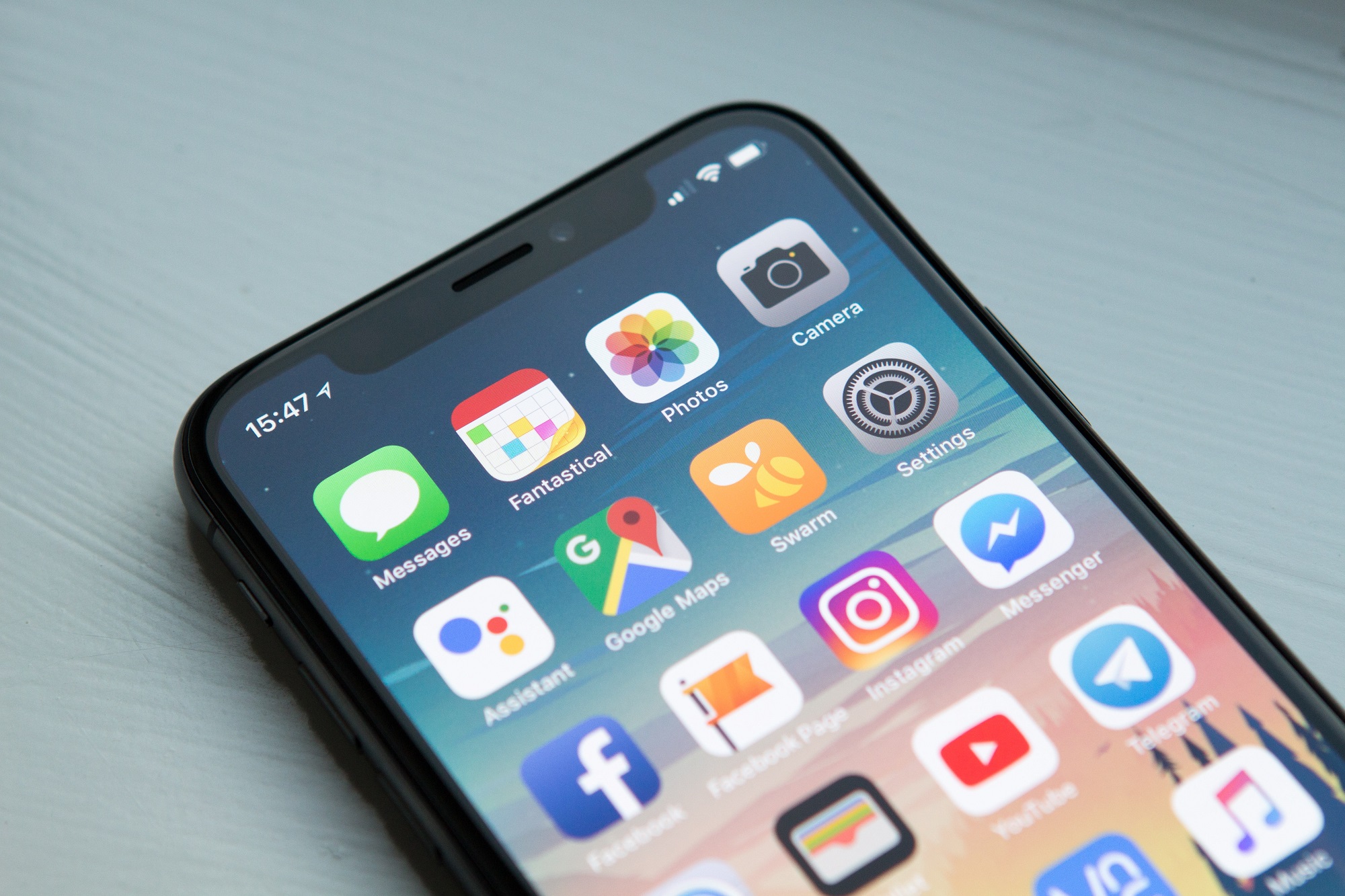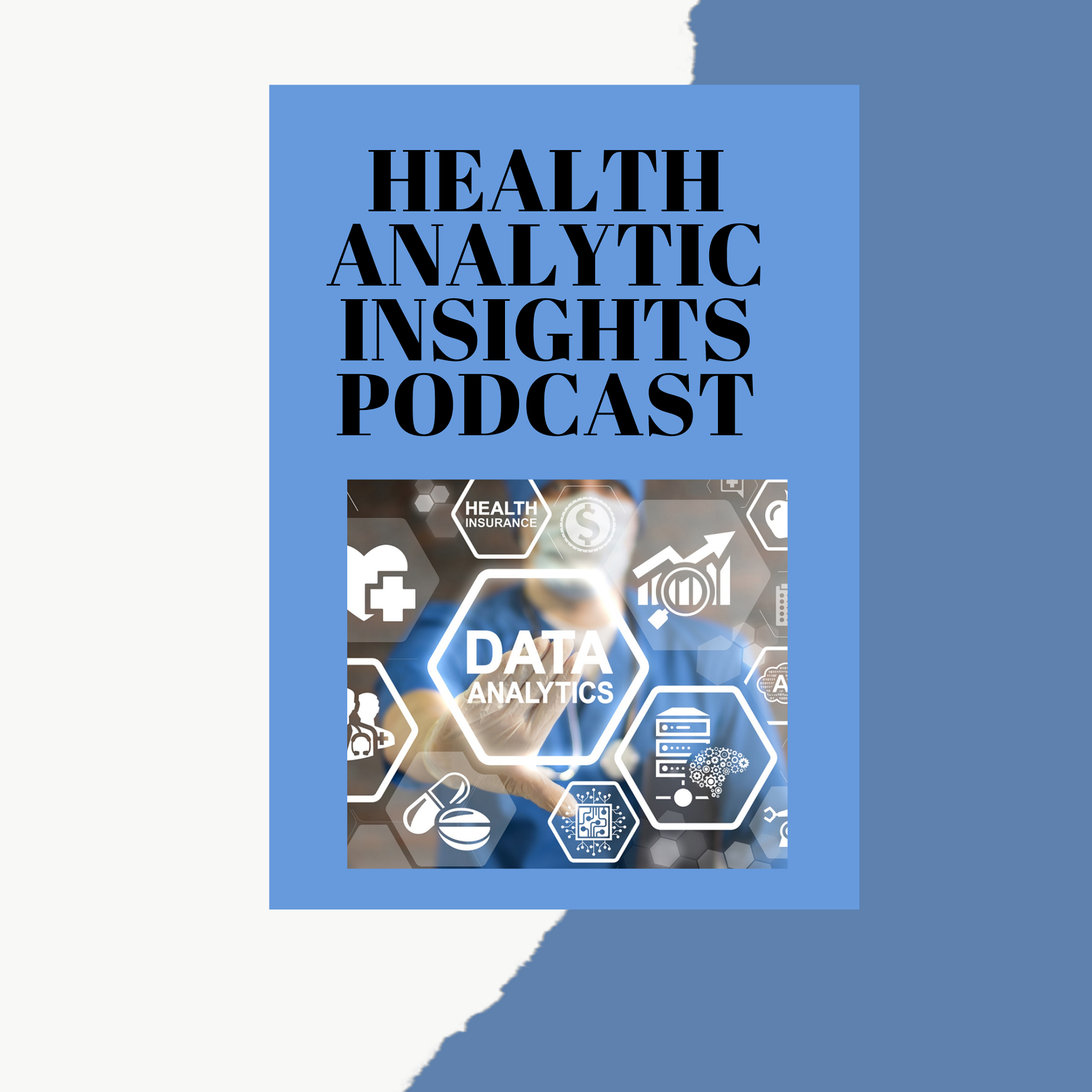What is user experience design?
User experience design is a diverse field which is focused on how humans interact with and respond to end products. User experience can be applied to many fields such as architecture, finance and healthcare.
What are the use cases of user experience design in healthcare?
In healthcare, user experience can be applied to improve the patient experience from the moment they enter the hospital to their discharge date. When we think of a hospital we might instantly think of the grey depressing walls and have negative feelings towards hospital design. However, user experience design can have a profound impact in the patient experience. For instance, Holland Bloorview Kids Rehabilitation Hospital in Toronto built an interactive floor for patients to play games and have fun, with the purpose of distracting them from the nervous and anxious thoughts they might have while waiting for their upcoming appointments. 
Photo by William Hook on Unsplash
User experience design does not just end at the hospital, there has been a rapid boom of mHealth and healthcare apps designed to make our lives easier when it comes to managing health conditions. These apps range from diabetes management, period, fibroid and fertility trackers and much more. The way these apps are designed is critical for success and to ensure people will use them correctly and consistently.
What are the pitfalls of user experience design in healthcare?
When it comes to designing in healthcare it is key that we remove the concept “if we build it, they will come” from our minds. People who work in user experience design in healthcare often work in teams of developers and clinicians. It is critical that prior to building a product, feedback is received from both clinical and patient advisory teams for the tool to be effectively used in the hospital. For instance, in a children’s hospital, parents might know the layout of the parking lot and a parking lot app wouldn’t be helpful but maybe parents don’t know how to get to the cafeteria and building a resource for this would be more beneficial. Without open conversations and understanding the real pain points of your clients, the end product being built won’t have the desired impact.
If you’re looking for ways to start these conversations I have written an extensive blog post on how to build a clinical dashboard that will actually be used and have included prompts.
If you want to learn more about user experience design in healthcare, I have done two podcast episodes (listen here and here) with UX researchers/designers: Dr. Roxana-Maria Barbu and Senior Director of Healthcare, Lorraine Chapman who both work at Macadamian Technologies (a healthcare software company). In these episodes we talk all about getting into user experience design as a career path and the foundational knowledge needed to excel in healthcare.
Comment down below, what changes in healthcare do you see user experience design impacting? 
Categories: Health Analytic Informatics
0 Comments